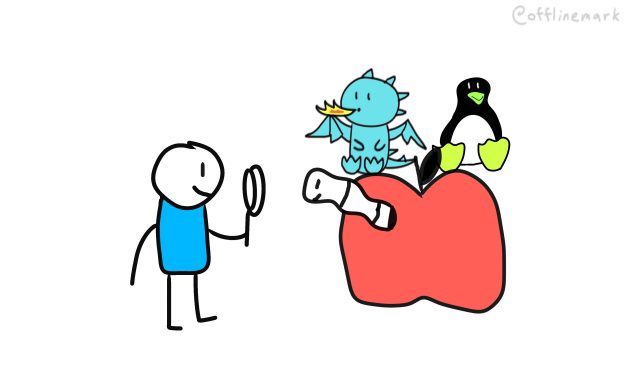Core cycle:
- Try hard at something (bonus if it’s hard)
- Share it, enthusiastically, in public
- Repeat every week*
Bonus: Find likeminded peers and become good friends with them.
*A week strikes a good balance between consistency and workload.
Plus:
- If it’s not working, shake it up somehow
- Try different content
- Try a different format
- Try a different venue
- Intentionally try to improve at the craft
- Imitate people 1-2 steps above you
- Artistically steal for everything except the key area of creativity & innovation
This advice comes from a decade+ at failing to build traction for my endeavors, with small pockets of success here and there:
- Then Tragedy Struck (instrumental metal) — Little traction
- comfort (wave / trap music) — Medium/little traction
- timestamps.me — Little traction
- offlinemark (2012-2019) — Little traction (Twitter)
- offlinemark (2019-2023) — Medium traction (Blog, Twitter)
- offlinemark (2024+) — High traction (Youtube)

